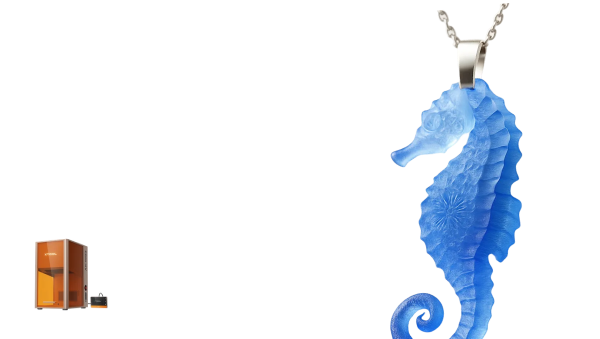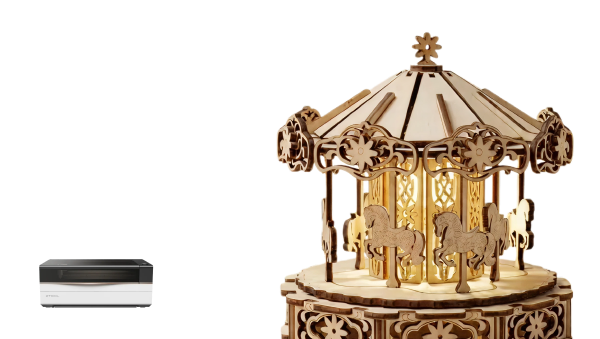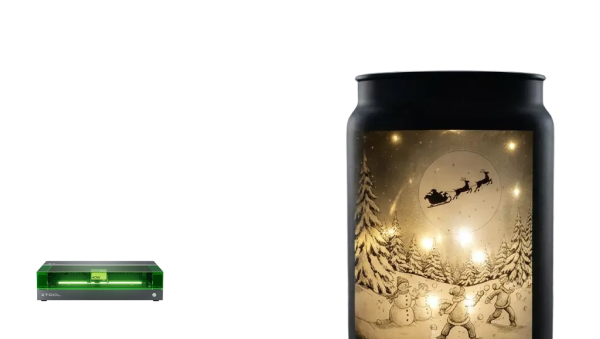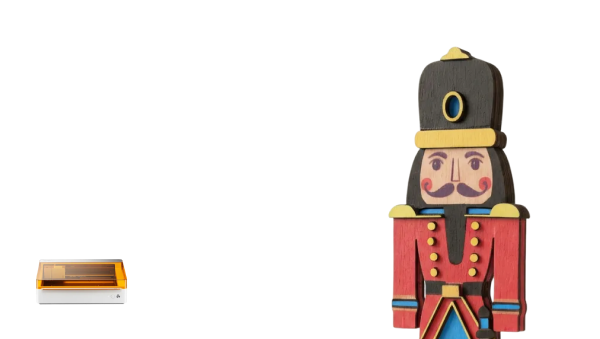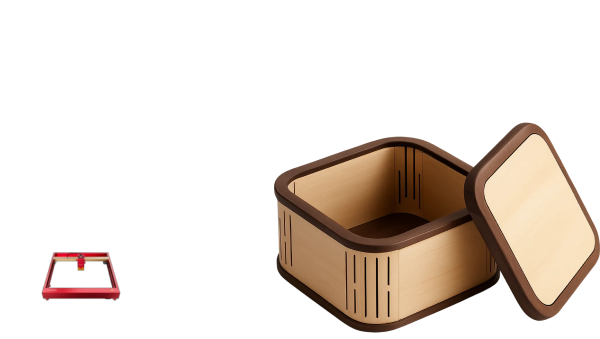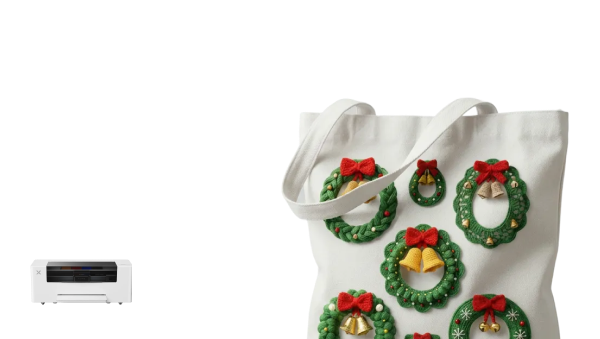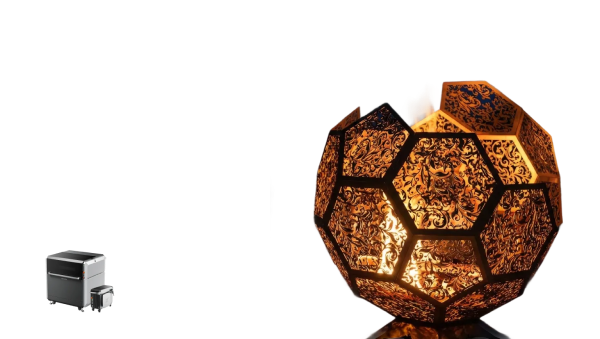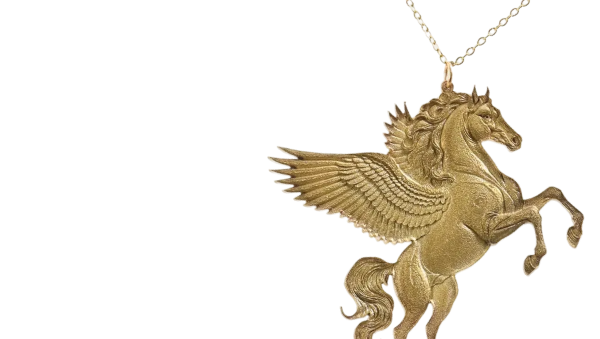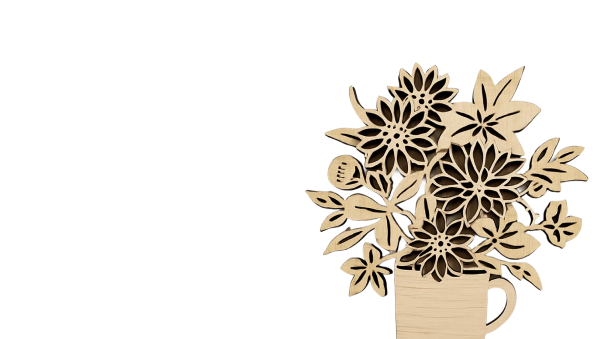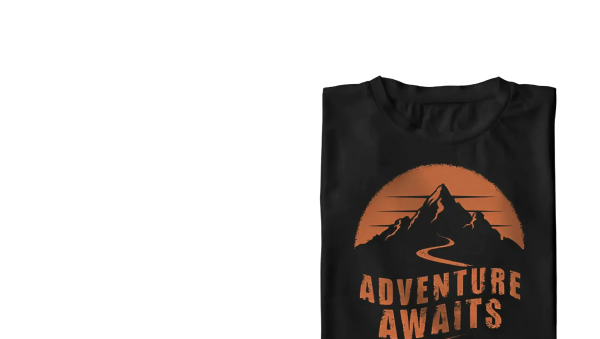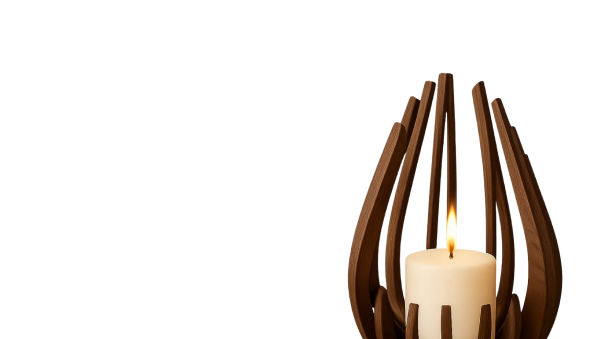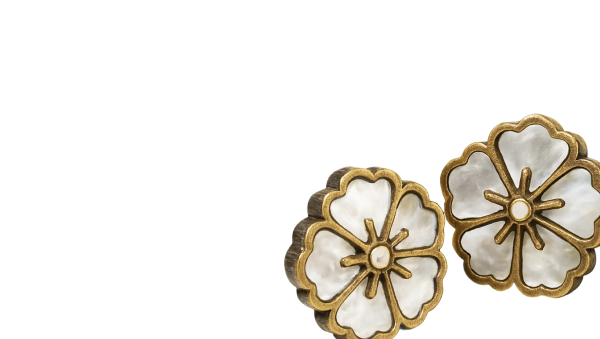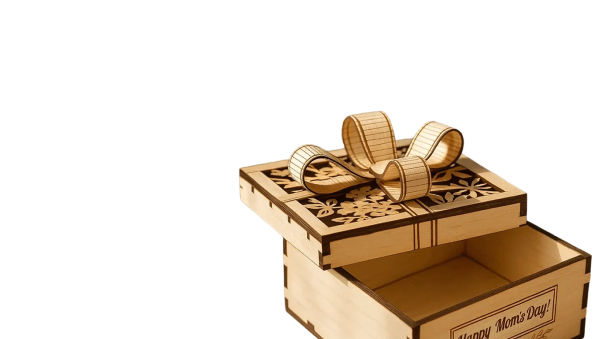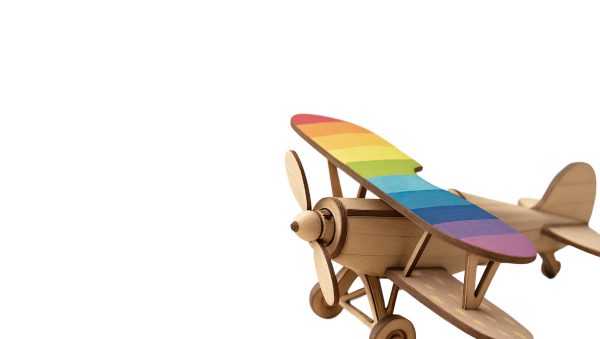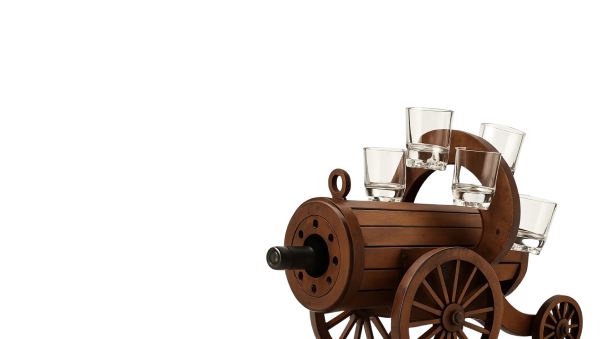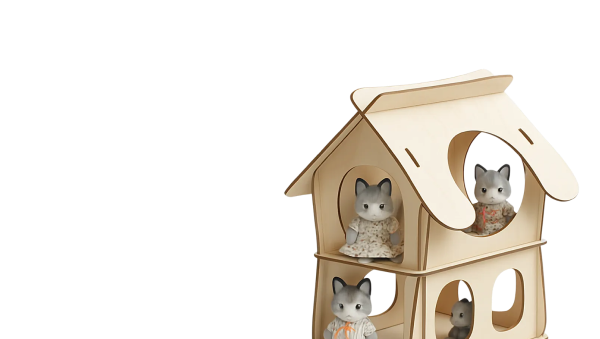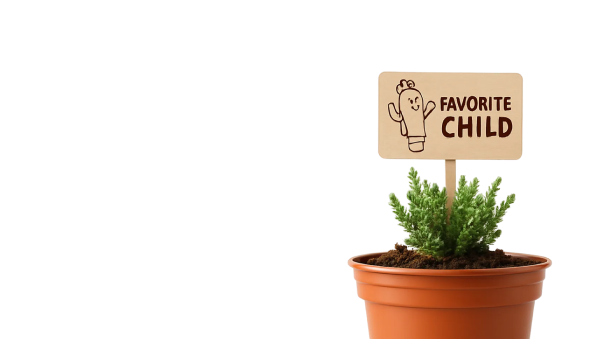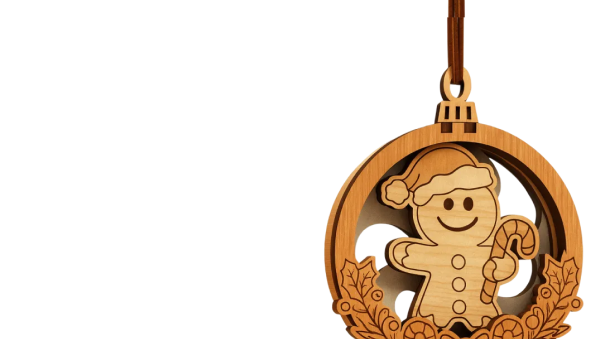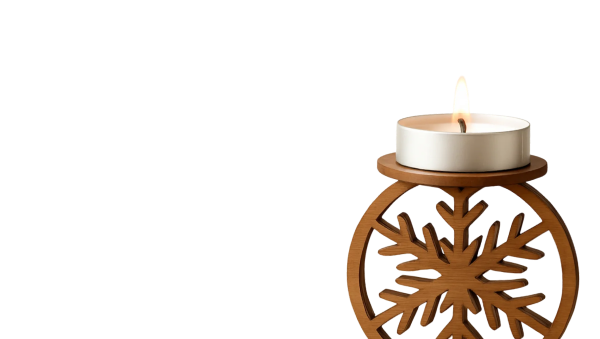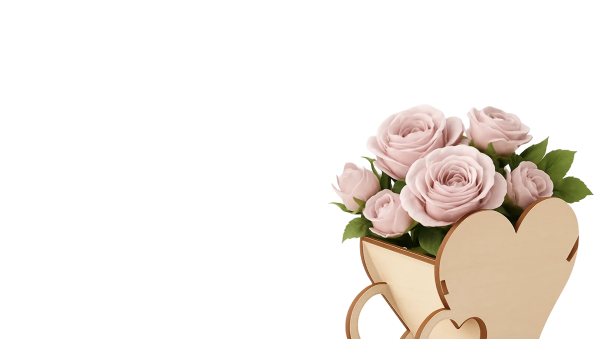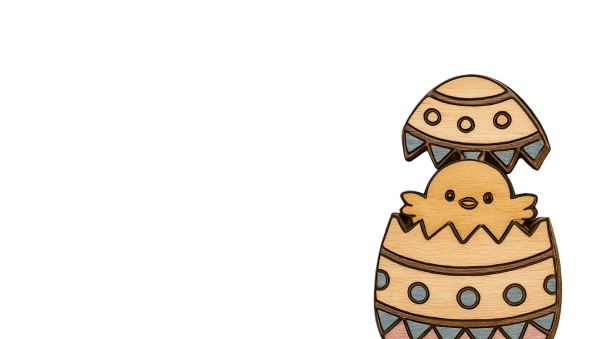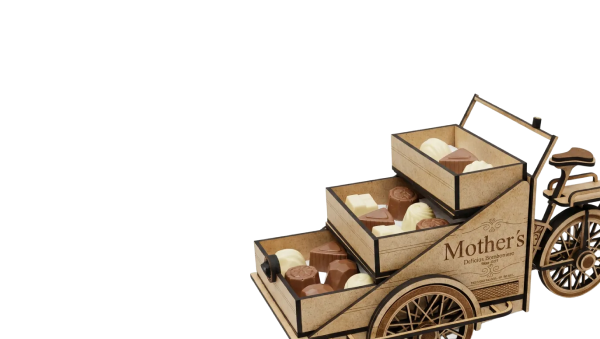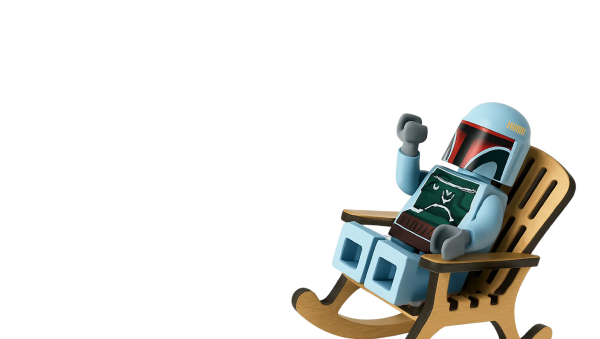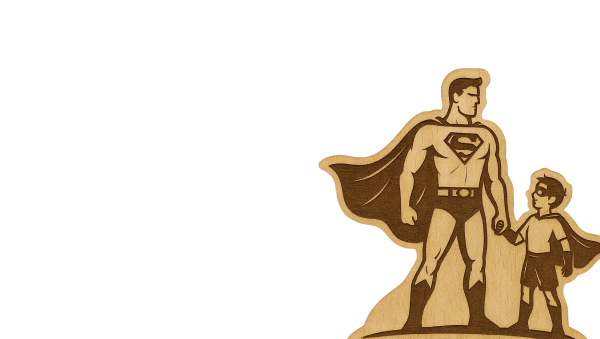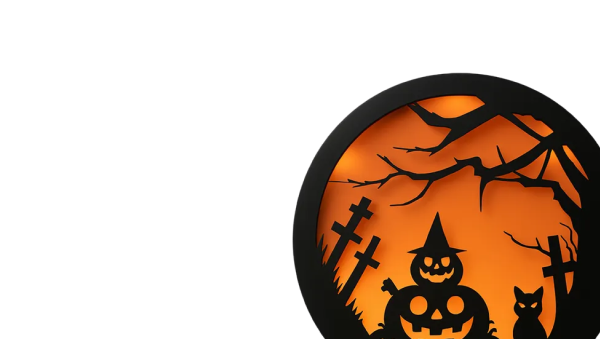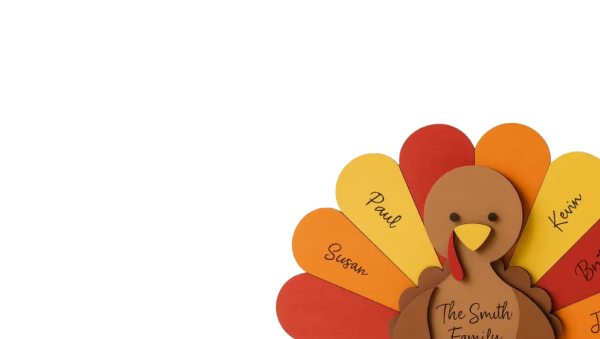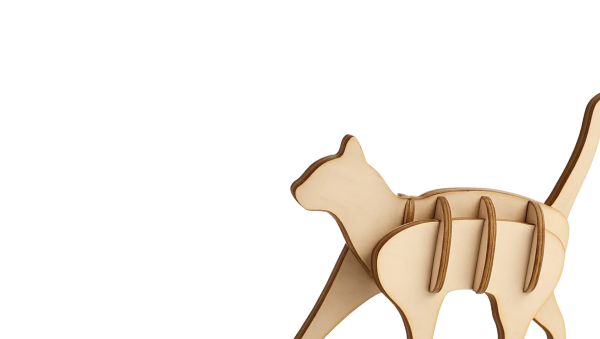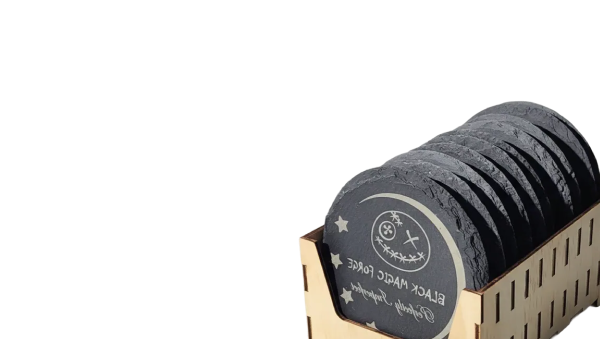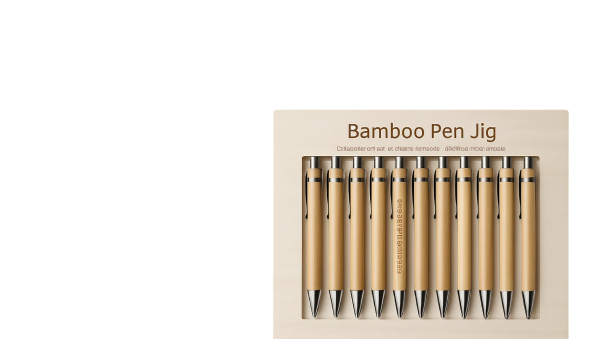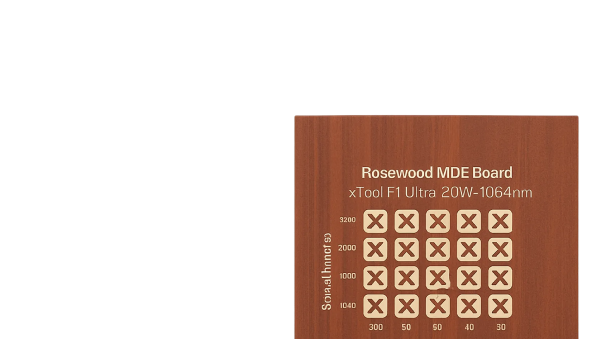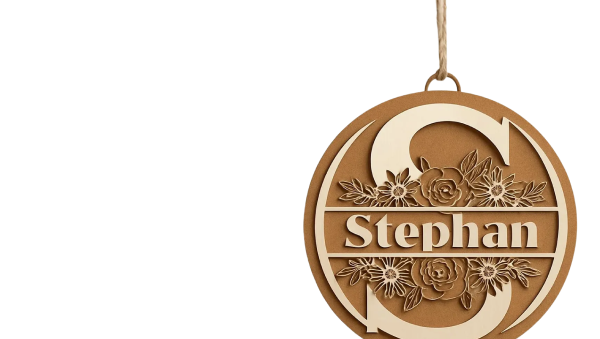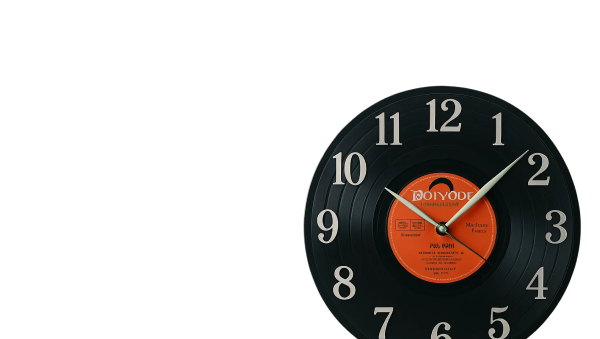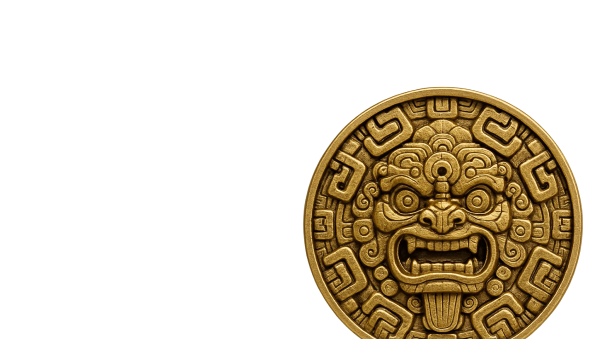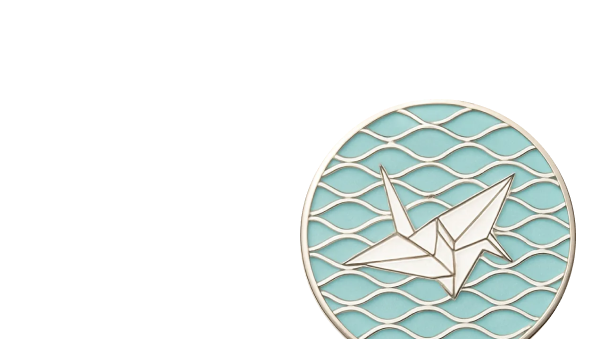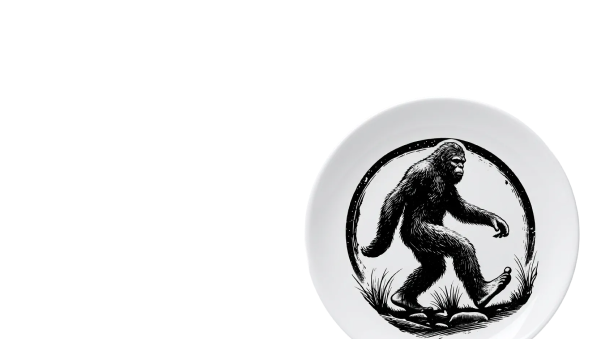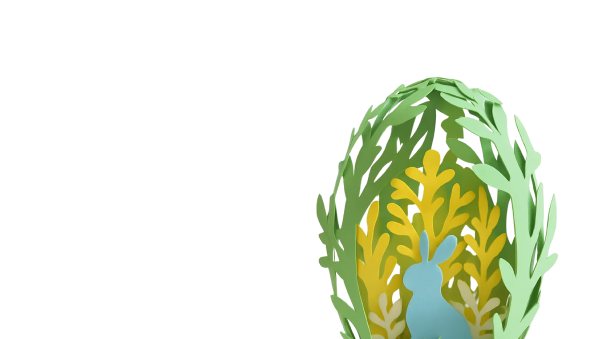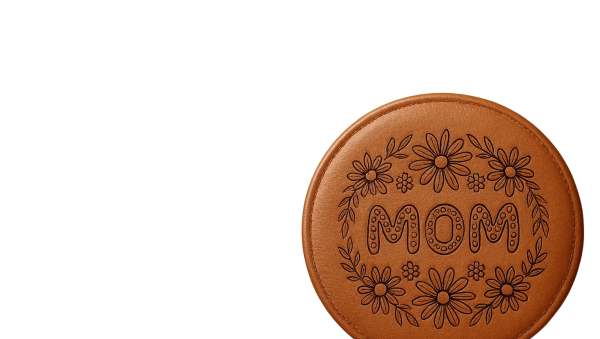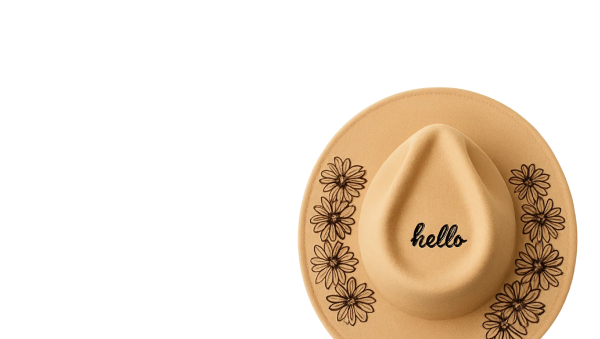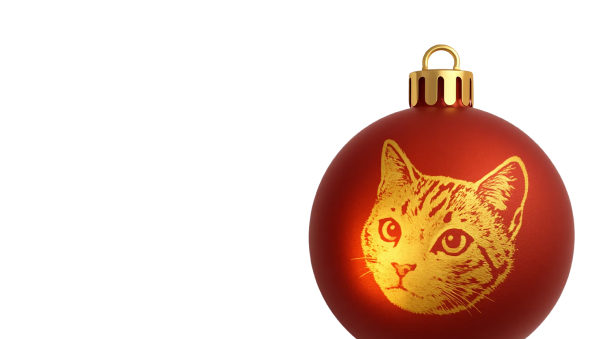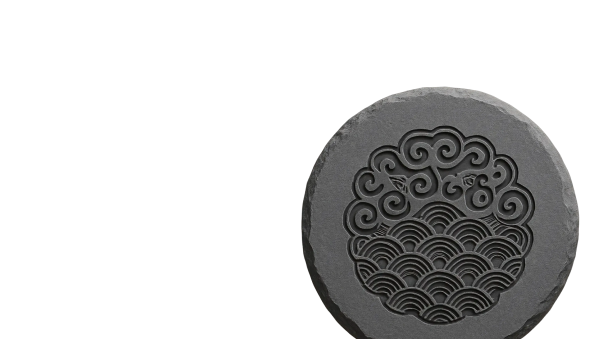![[Laser cut and engrave] F1 Fixture Template](https://image-res.xtool.com/resource/xtool/community/attachment/xtool-community/5b954db0-aa2b-4161-bdaa-65413eb91822?x-oss-process=image/resize,w_1200,h_900,limit_0/interlace,1/format,webp/auto-orient,1)
F1 Fixture Template

Information
Make your own jigs (fixtures) for the F1 using this template. But there's a catch: You'll need another, larger engraver. If you can create these templates, you'll have the basis for creating your own jigs on the F1, anchored to a fixed position, and taking advantage of the full engraving area.
After buying and using my M1 last year, I convinced myself I needed another engraver—specifically the F1—for IR engraving. It comes with a positioning piece, but for multiples or odd shaped items, I quickly realized I needed a fixture to precisely place objects on the plate.
A key to making a reusable fixture without having to fiddle with alignment each time you use it is to anchor it to a fixed physical point in your engraving area. For the F1, that means creating something that was ultimately larger than the F1 engraving area. So I'd need to use my M1.
This How-To runs you through the process I followed so that you can make your own templates for creating F1 jigs. But you will also need a larger machine—any of the other xTool devices will do—for this project.
Instruction
Step1: Design
I'll summarize the steps I took to design this template, you can just use the design file to create your own.
I prefer fixtures that anchor to a fixed point. That's why I design for the honeycomb tray on the M1--I can use the top left corner of the lip around the edge of the tray as a fixed anchor point. Why's that important? Because it virtually eliminates the need to adjust your designs for the products you're engraving with the fixture. If you design the fixture and the template for your engraving projects to the same coordinates, everything should just line up…every time.
Noting the (heat dissipation?) fins on the back panel of the F1, I set out to create fixtures I could anchor to that. So I measured with my caliper to determine the width and depth I'd need to fully cover the envgraving area and the distance between each fin so I could create teeth to seat between them.
It took a few trial runs to determine the proper radius of the front corners so they'd fit nicely behind the cover when it's down fully.
Measuring the distance from the back to the top of the engraving area allowed me to also score a frame and centerpoint for that area.
Finally, I added a hole to the top corner so I could hang this fixture with others I've created and use.
Step2: Cut
To create my F1 fixture templates, I'm using 1/16" basswood plywood. The design file settings are for that material, so be sure to adjust them if you use something else. Presumably you could use acrylic, scrap wood, cardboard--whatever you prefer for your fixtures/jigs.
I also have trim lines to cut away reusable scrap from the job. I'm trying to minimize the number of scrap, cut-out 12x12 (or in this case 8 x 12) wood sheets I have lying around.
The design file will create 2 sheets. If you have larger material, you may be able to cut more in one job.
When you're done, you should be able to fit each template in the F1, align with the back notches, and verify that it fits in place. If everything's aligned properly, your focusing laser dots should align right at the center point.
Step3: Make it your own
So now's the fun part: What kind of fixture do you want to create? For this, we switch back to the F1. If I'm going to cut a fixture for engraving on the F1, I want to do the cutting on the F1.
So far, I've made fixtures for dog tags and an F1 variation of my switch plate fixture.
Use XCS to design the fixture you want. When you have it set up, put the black-finned working panel in the F1 and position the fixture template you've created on top of that. Be sure the teeth on each side slot between the outer-most fins. Now you can process the cutouts for your fixture. Don't forget to align the lasers first!
Step4: Use it!
Now it's time to use your fixture. Remove the black working panel and place your fixture on the bottom plate of the F1. Ensure the teeth are inserted between the outer-most fins of the back panel.
You'll probably want to create a template for the items you're going to engrave with your fixture. I recommend using the design you made to customize the jig as a starting point for engraving on the objects you're creating. Set the cuts to ignore, but keep them on a layer that you can use for framing if needed.
